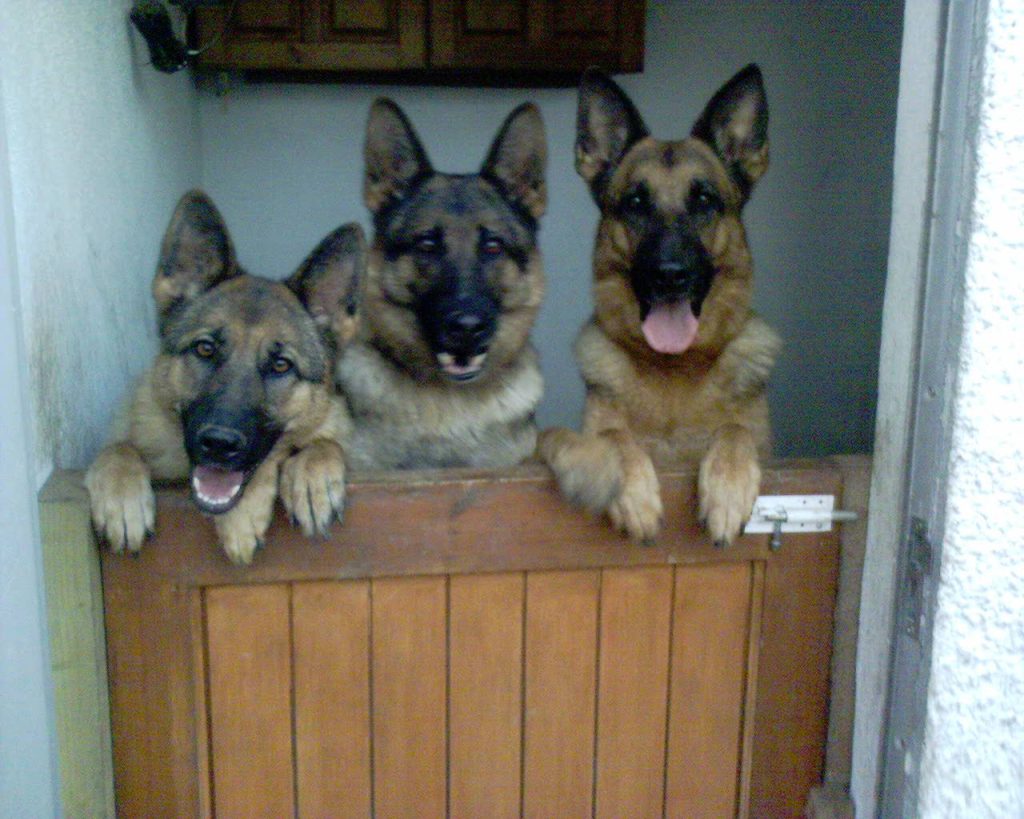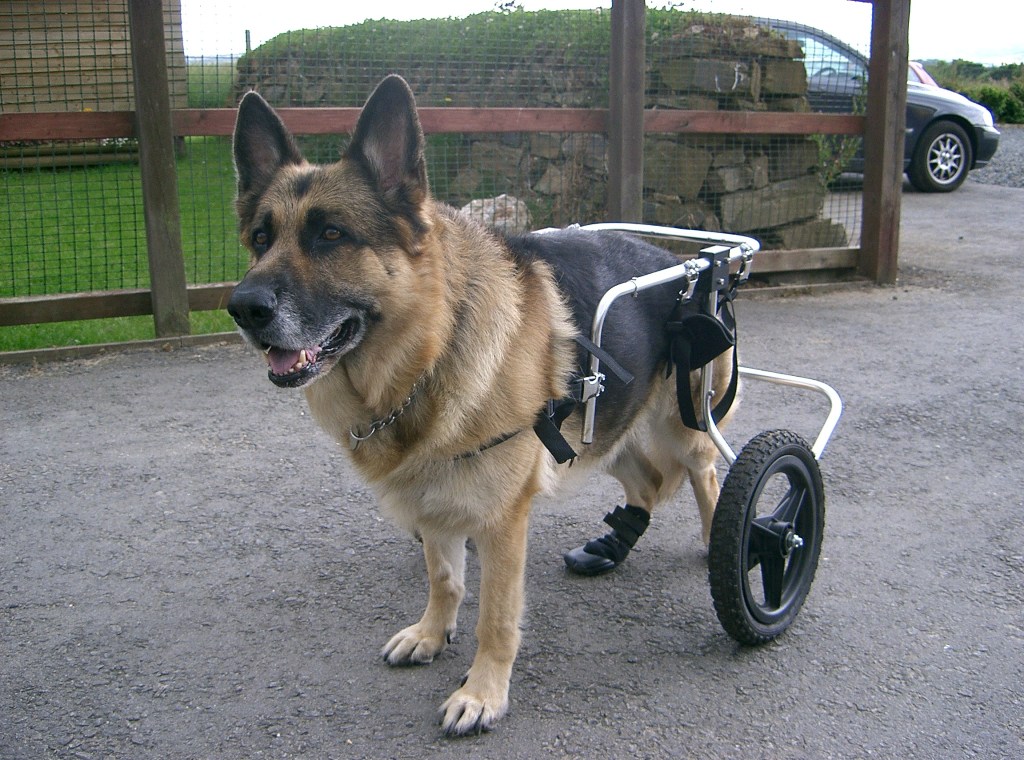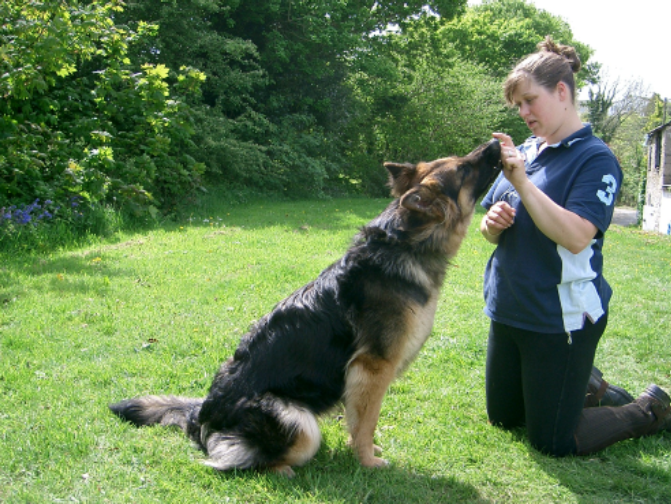
Just like us, animals can suffer with problems of the back, neck and pelvis which may cause pain and discomfort. This may in turn lead to stiffness and a decline in the animal’s mobility and performance. In this day and age we place increasing demands on our domestic animals, especially those used for competition, all of which is far removed from what nature intended. However, in almost all cases, the McTimoney Technique can help.

There are many factors which may cause the minor misalignments McTimoney Practitioners look for. Problems may begin to manifest in your dog following a one-off incident like an accident or injury, a slip or fall, or they may build up over time due to a variety of factors, such as:
An injury making them move differently, their conformation, excess weight placing extra stresses on certain areas of their anatomy, pulling on the lead or harness, rough play with tug toys or other dogs or racing around on slippery floors

Sporting or competition dogs have specific factors which may contribute to problems, for example:
Obedience dogs are predominantly trained on the left of their handler, and required to look up at them which can lead to stiffness in the neck muscles and issues further down the spine

Racing greyhounds make explosive starts from the gate and race on a tight track in one direction
Agility dogs tackle a range of obstacles, requiring them to twist and turn and jump great heights, all at speed

Older, arthritic animals, or those with conditions such as hip dysplasia, may adapt their movement to cope with their illness. This change in posture can place stresses on the rest of the musculoskeletal system, causing issues elsewhere in the body. While the treatment is unable to improve the condition itself, it can be used to address the problems arising from the compensations and improve general mobility.

Your dog may be giving you warning signs of an underlying problem, which may include a reluctance to play or go out for walks, stiffness after exercise or difficulty getting into/out of the car, up the stairs or onto the furniture (if allowed!). They may also show sensitivity when being stroked, may cry out when getting up from lying down, could have an irregular gait, may drag a limb when walking or unevenly wear their claws down. Lameness after a fall or accident where other alternative causes have been ruled out may benefit from treatment.

